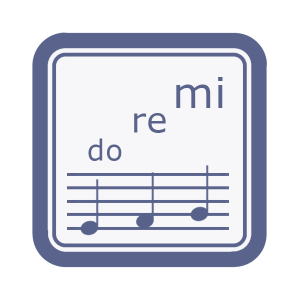
Score to Sound with Solfa
Learn how you can use the solfa framework to look at traditional music notation and know in your head how it should sound (including for sight-singing).
After completing this module: you will understand how solfa can reveal how notes on a page should sound.
This module is designed to help you look at traditional music notation and be able to hear in your head how the notes should sound: to go from score to sound.
This is a valuable skill for any musician as it transforms sheet music from abstract symbols on a page into “real music” in your head. You can look at a sheet of music you’ve never seen or heard before and know how it would sound, without needing to play it on your instrument. This is called audiation.
If you’re a singer you can use this same skill to sight-read music when singing, so that you know you will be singing the correct pitches even if the piece of music is completely new to you.
Module Preview
Contents
- Introduction
- Finding “do”
- Naming the notes
- From scale to melody
- Conclusion
We will use a simple 4-step process. At first you will work slowly through the steps and each one will require practice. In time you will be able to quickly and effortlessly do them all as one smooth process when you see a new piece of music.
Here are the steps:
- Find your do
- Identify the solfa syllables for the notes in the melody
- Sing the solfa scale from do
- Sing the melody!
We will explain each of these in more detail and practice them in the rest of this module.
Below is an excerpt from step 2, “Naming the notes”
Once you have identified which note is do the next step is to determine the solfa syllable for each of the other notes in the melody. You do this by their position relative to do.
Each line or space on the staff corresponds to one note in the scale. We’re assuming there aren’t any accidentals so each note will belong to the major solfa scale:
Do, Re, Mi, Fa, So, La, Ti, Do
Simply count up (or down) from do to identify the other notes! Of course once you identify one note you can go through and apply the same name to all other notes with the same position on the staff, and the corresponding notes in other octaves too. Often melodies are based around a small group of notes so you probably won’t actually have too many to figure out!
When you first begin you might actually go through your sheet music with a pencil and label each of the notes. With practice though you can quickly internalise where your tonic, do, “lives” on the staff and temporarily memorise what each of the other note positions should be called.
Examples
Let’s look at a few examples of identifying the solfa syllables for notes based on do.
Example 1:
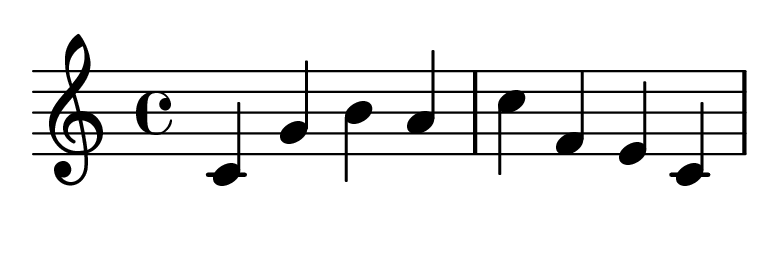
Looking at this melody you can identify the key signature as C Major, so C is do. You then know the identity of all the other notes on the staff:
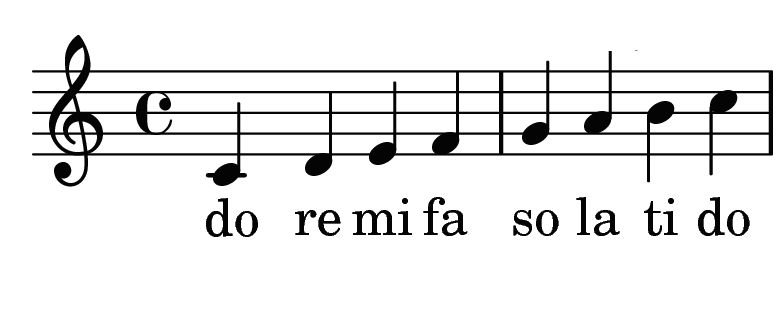
Now you can go through and label each of the notes in the melody:
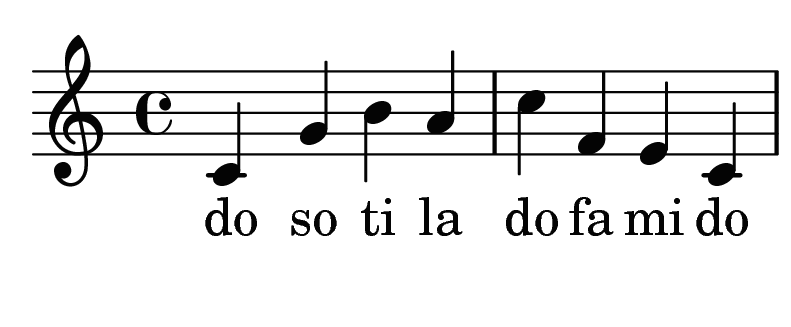
Here’s another example:

Now we are in G Major so G is our do. We can label the notes on the staff:
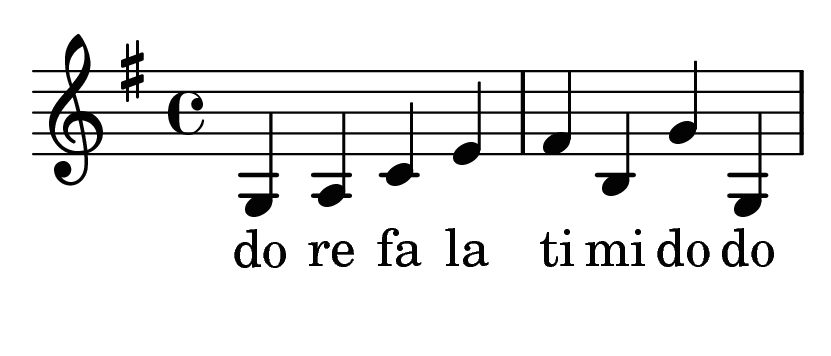
And then label the notes of the melody:

Easy as that! The next step is to figure out what pitch each of the notes should have, so that you can audiate or sing them.

